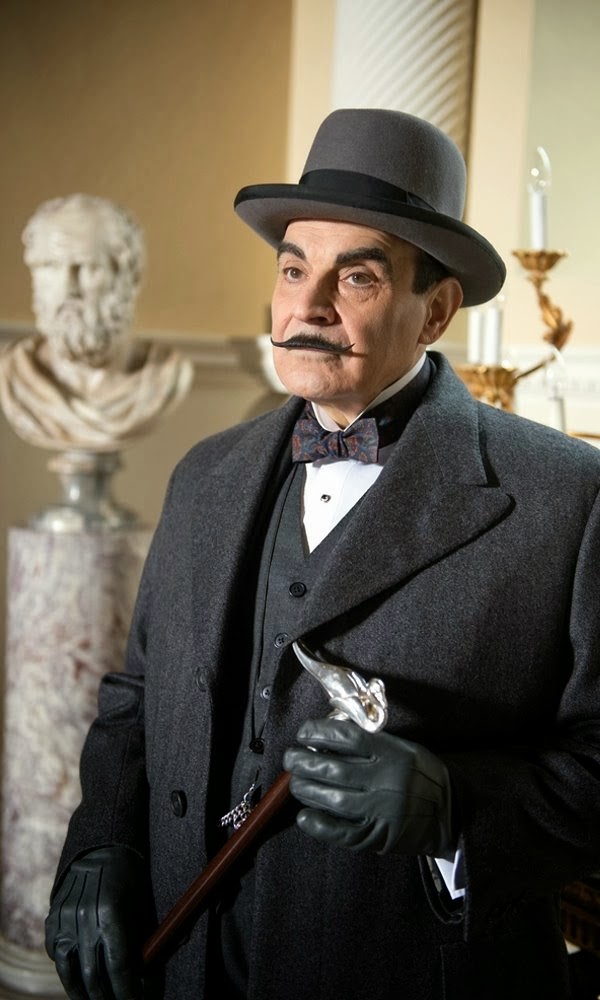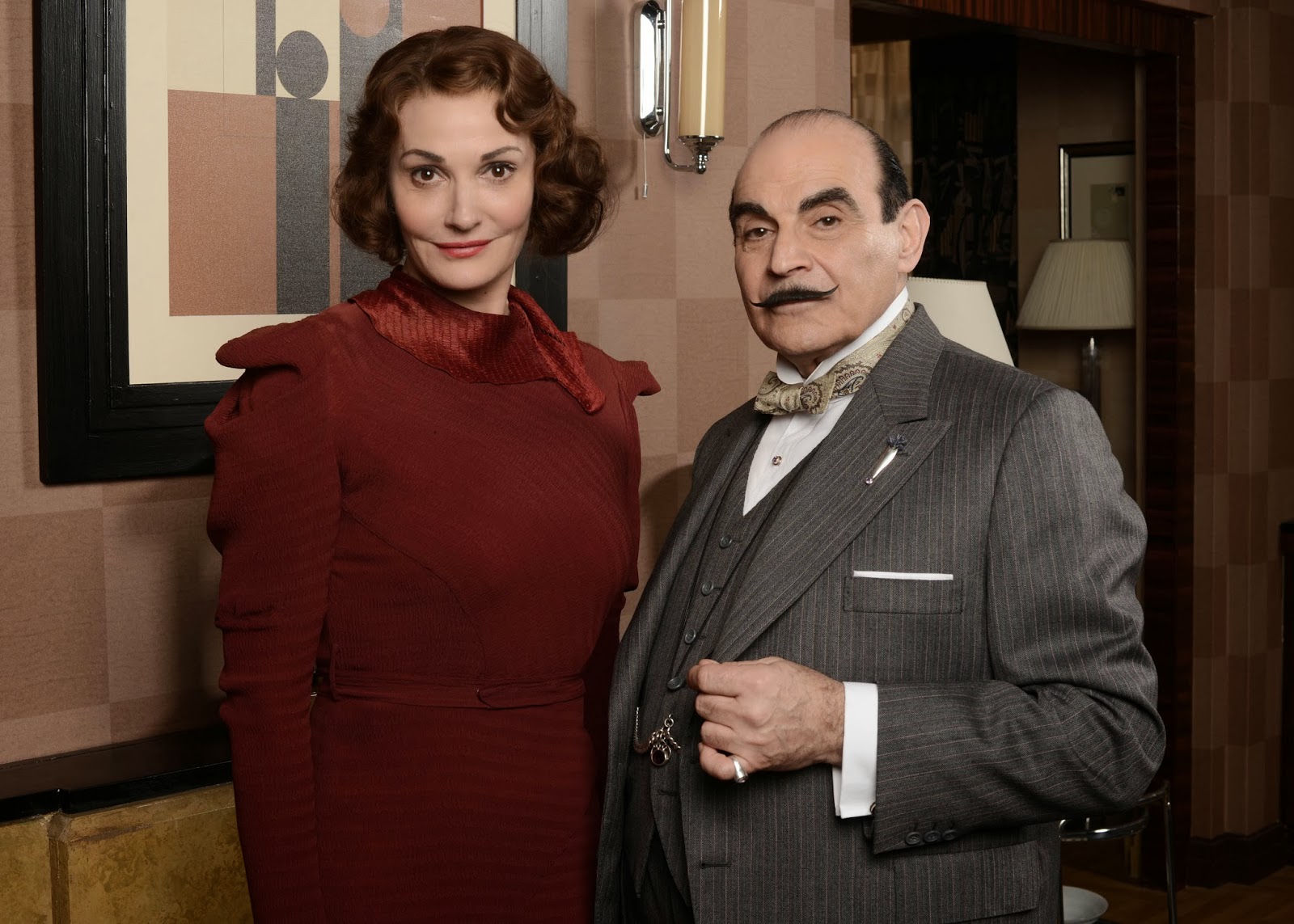
How could this really be the same character who solves quiet, psychological puzzles in English country houses? (I know some fans will disagree with me here). Multinational villains fighting for world domination? Twin brothers? (Okay, that one could have worked! More on that later) Radium thieves? A faked death? A mountain explosion and a miraculous escape? You get the point. I, for one, could never bring myself to believe in Christie's plot. Finally, Gatiss and Hallard had to find a way to make the plot believable. So it naturally follows that they would return for the remaining stories that did include them. Since they last appeared in 2002, the Christie estate have repeatedly stated that the characters would only appear in the novels that they were originally in they would not be added. The Poirot fans (me included) would be very upset had Hastings and Japp been deleted from the adaptation. Ideally, they needed to find a way to include Miss Lemon as well. They also had to include Hastings and Japp, who both appear in the novel.

This is an incredibly busy story that has Poirot travelling far more than he ever did in the early years, and now he’s even approaching retirement. The scriptwriters had to come up with a way to streamline the narrative. It demonstrates what a complete challenge Gatiss and Hallard were facing.) (I don't usually go into aspects like the background of the novel and the context of the adaptation, but I think it's absolutely necessary here. It's as if the production team have been waiting for it conveniently disappear. All in all, I'm not surprised this novel was left until the final series. The wide range of locations (England, France, Italy, America etc) probably didn't help in that respect either. Unsurprisingly, the novel has been considered unfilmable. The plot is quite ridiculous at times, with exploding mountains, caricature villains, racist Chinese manservants and global conspiracies. The story is based on a series of short stories that she worked into a novel in order to earn some much-needed money. She finished the novel in 1926, in the wake of her traumatic divorce and the death of her mother. The Big Four is generally considered to be one of Christie's most controversial (and least successful) novels.

It was adapted for television by Mark Gatiss and Ian Hallard, and directed by Peter Lydon. This episode was based on the novel The Big Four, first published in 1927.


 0 kommentar(er)
0 kommentar(er)
